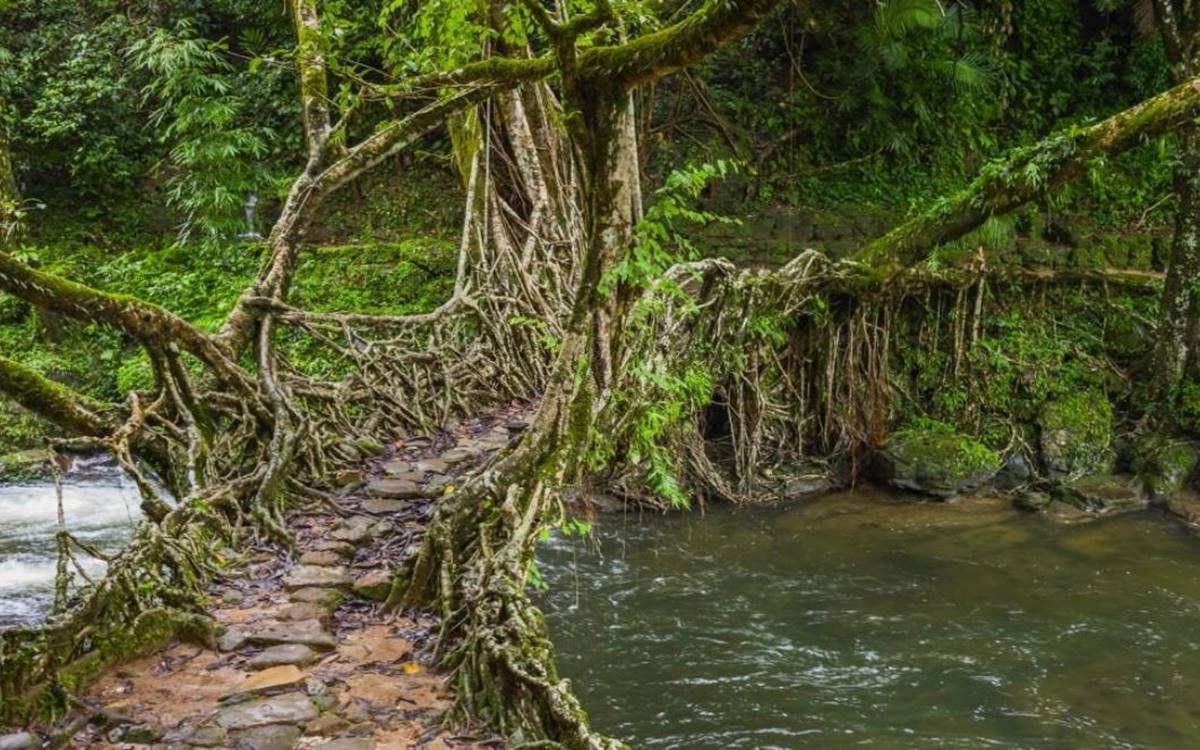5 oldest villages of India – These Villages offers glimpse into India’s diverse cultural, historical, and archaeological heritage
It is important to note that determining the oldest villages in India can be challenging due to the lack of comprehensive historical records and ongoing archaeological research. However, here are five villages with significant historical importance in India, along with which we have collected some information about each village:
These villages offer glimpses into India’s diverse cultural, historical, and archaeological heritage, reflecting the country’s rich tapestry of civilizations, traditions, and lifestyles.
Kalibangan, Rajasthan
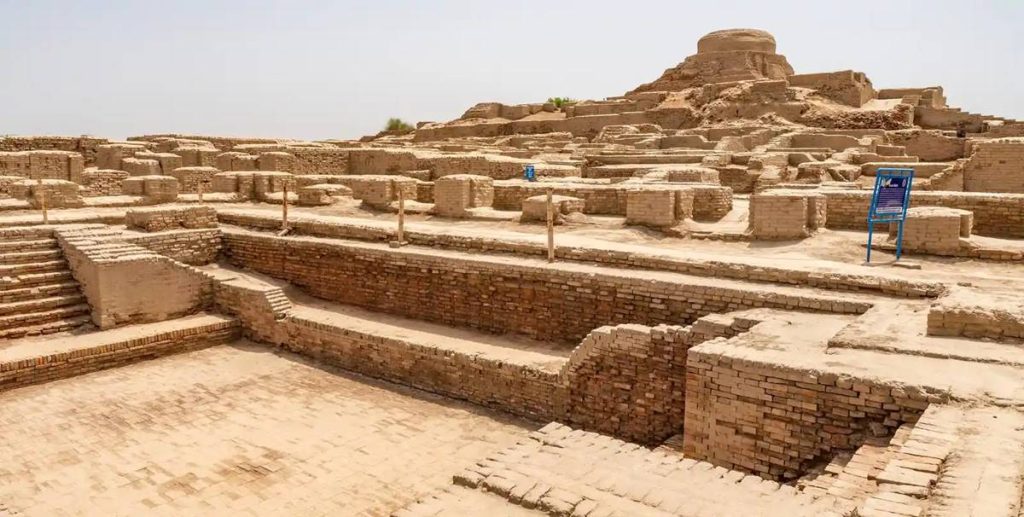
Kalibangan is an ancient village located in the Hanumangarh district of Rajasthan, India. It dates back to the Indus Valley Civilization, with settlements believed to have existed as early as 2500 BCE. Archaeological excavations have revealed the remains of a well-planned urban center with fortified walls, streets, and houses made of mud bricks. The site also contains a unique plow-shaped seal, indicating advanced agricultural practices. Kalibangan offers valuable insights into the urban planning, trade, and daily life of one of the world’s oldest civilizations.
Kalibangan is a significant archaeological site dating back to around 2500 BCE. As one of the earliest urban settlements of the Indus Valley Civilization, it offers valuable insights into ancient urban planning, trade, and culture. Excavations have revealed a well-planned city with fortified walls, residential areas, and advanced drainage systems. Artifacts such as seals and terracotta bangles suggest thriving trade networks and intricate craftsmanship. Kalibangan stands as a testament to the ingenuity of one of the world’s oldest civilizations, captivating researchers and visitors with its rich history and archaeological wonders.
Hampi, Karnataka
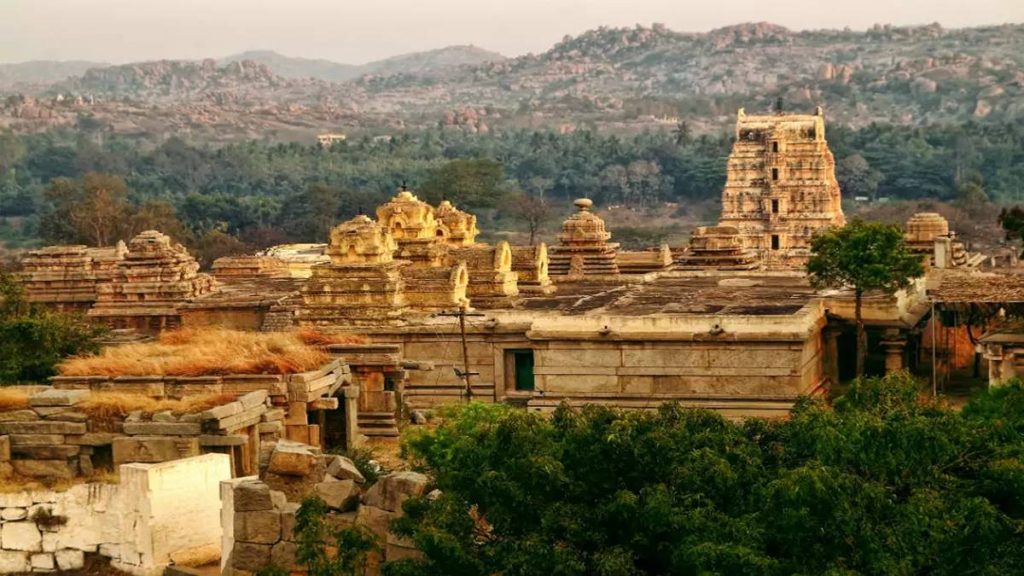
Hampi, located in the Bellary district of Karnataka, was once the capital of the Vijayanagara Empire. Established in the 14th century CE, it flourished as a vibrant urban center until the 16th century, when it was sacked by invading armies. The village is renowned for its stunning architecture, including elaborate temples, palaces, and monuments. Hampi’s ruins, scattered amidst a dramatic landscape of granite boulders and palm groves, attract tourists and history enthusiasts from around the world, offering a glimpse into the grandeur of the Vijayanagara Empire.
Hampi, nestled in Karnataka, India, served as the capital of the Vijayanagara Empire from the 14th to the 16th centuries. This UNESCO World Heritage Site is renowned for its breathtaking architecture, including grand temples, royal complexes, and towering monuments. The village boasts a rich cultural heritage, reflecting the empire’s prosperity and artistic brilliance. Its dramatic landscape of rocky hills and lush greenery adds to its allure, attracting tourists and history enthusiasts from around the world. Hampi stands as a testament to the grandeur of the Vijayanagara Empire, offering visitors a glimpse into a bygone era of architectural splendor and cultural richness.
Mawlynnong, Meghalaya
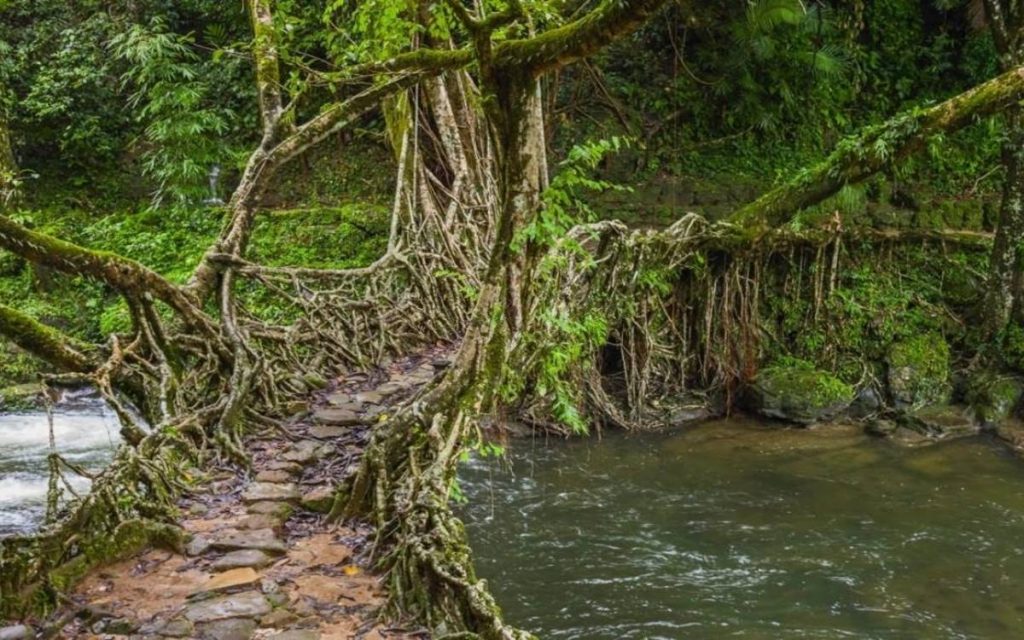
Mawlynnong, often referred to as the “cleanest village in Asia,” is situated in the East Khasi Hills district of Meghalaya. While its exact age is not documented, Mawlynnong has been inhabited for centuries by the Khasi tribe. Known for its pristine cleanliness, lush greenery, and unique living root bridges, Mawlynnong offers a serene retreat amidst the natural beauty of Meghalaya. Visitors can explore the village’s traditional Khasi huts, interact with the friendly locals, and immerse themselves in the region’s rich cultural heritage.
Mawlynnong, located in Meghalaya, India, is often dubbed the “cleanest village in Asia.” Nestled in the East Khasi Hills district, it boasts pristine cleanliness, lush greenery, and unique living root bridges. Inhabited by the Khasi tribe for centuries, Mawlynnong offers visitors a serene retreat amidst Meghalaya’s natural beauty. Traditional Khasi huts dot the landscape, and friendly locals welcome guests with warmth and hospitality. The village’s commitment to cleanliness and sustainability has garnered international acclaim, making it a must-visit destination for eco-conscious travelers seeking tranquility and a glimpse into the rich cultural heritage of Meghalaya’s indigenous communities.
Varanasi, Uttar Pradesh
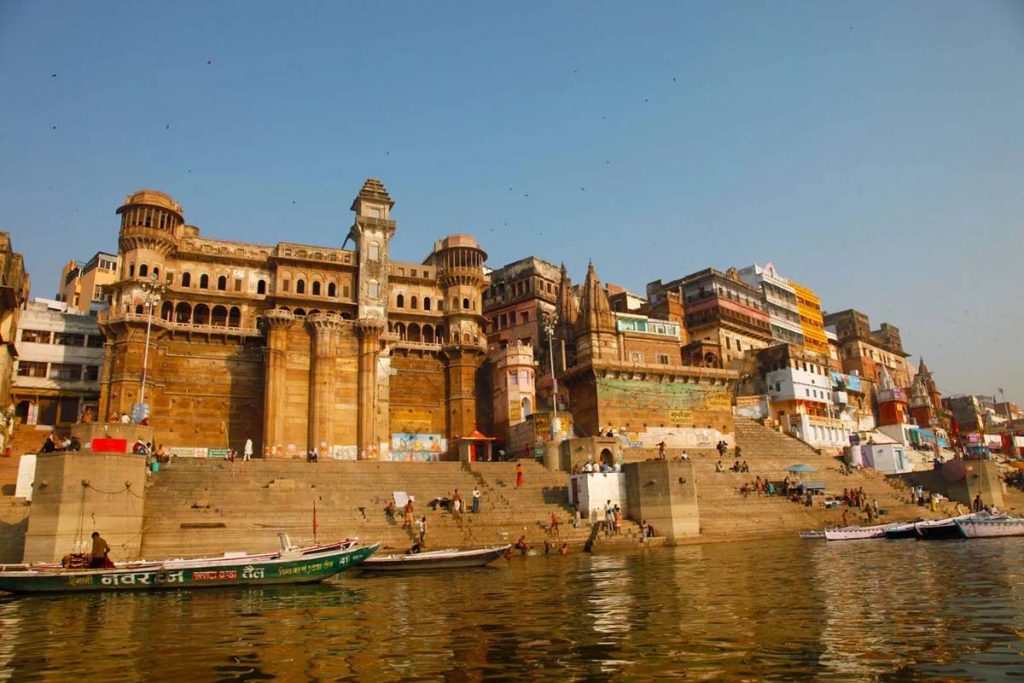
Varanasi, also known as Kashi or Banaras, is one of the oldest continuously inhabited cities in the world. Located on the banks of the river Ganges in Uttar Pradesh, Varanasi is considered a sacred pilgrimage site in Hinduism. Its origins are shrouded in myth and legend, with references dating back thousands of years in ancient texts. Varanasi is renowned for its ghats, temples, and bustling streets teeming with devotees, pilgrims, and tourists. It remains a center of spirituality, learning, and cultural heritage, attracting visitors from across the globe who seek solace, enlightenment, and an authentic glimpse into India’s ancient past.
Varanasi, also known as Kashi or Banaras, is one of the oldest continuously inhabited cities in the world, situated on the banks of the sacred river Ganges in Uttar Pradesh, India. Revered as a major pilgrimage site in Hinduism, Varanasi holds immense spiritual significance. Its ancient ghats, temples, and narrow lanes bustle with devotees, pilgrims, and tourists seeking blessings, enlightenment, and a glimpse into Indian spirituality. Varanasi’s timeless charm lies in its vibrant culture, rich history, and mystical ambiance, drawing visitors from across the globe to experience the sacred rituals, ancient traditions, and profound spirituality that permeate its ancient streets and ghats.
Poompuhar, Tamil Nadu

Poompuhar, also known as Kaveripoompattinam, is an ancient port city located in the Nagapattinam district of Tamil Nadu. It flourished as a thriving maritime center during the Sangam period, around 300 BCE to 300 CE. Poompuhar is mentioned in Tamil literature and epics such as Silappatikaram and Manimekalai, which describe its prosperity, trade connections, and cultural vibrancy. The village was known for its bustling harbor, warehouses, and markets, facilitating trade with distant lands. Today, Poompuhar is an archaeological site, with excavations revealing remnants of its glorious past, including pottery, sculptures, and ancient structures submerged underwater. It stands as a testament to Tamil Nadu’s maritime heritage and its contributions to trade and commerce in ancient times.

